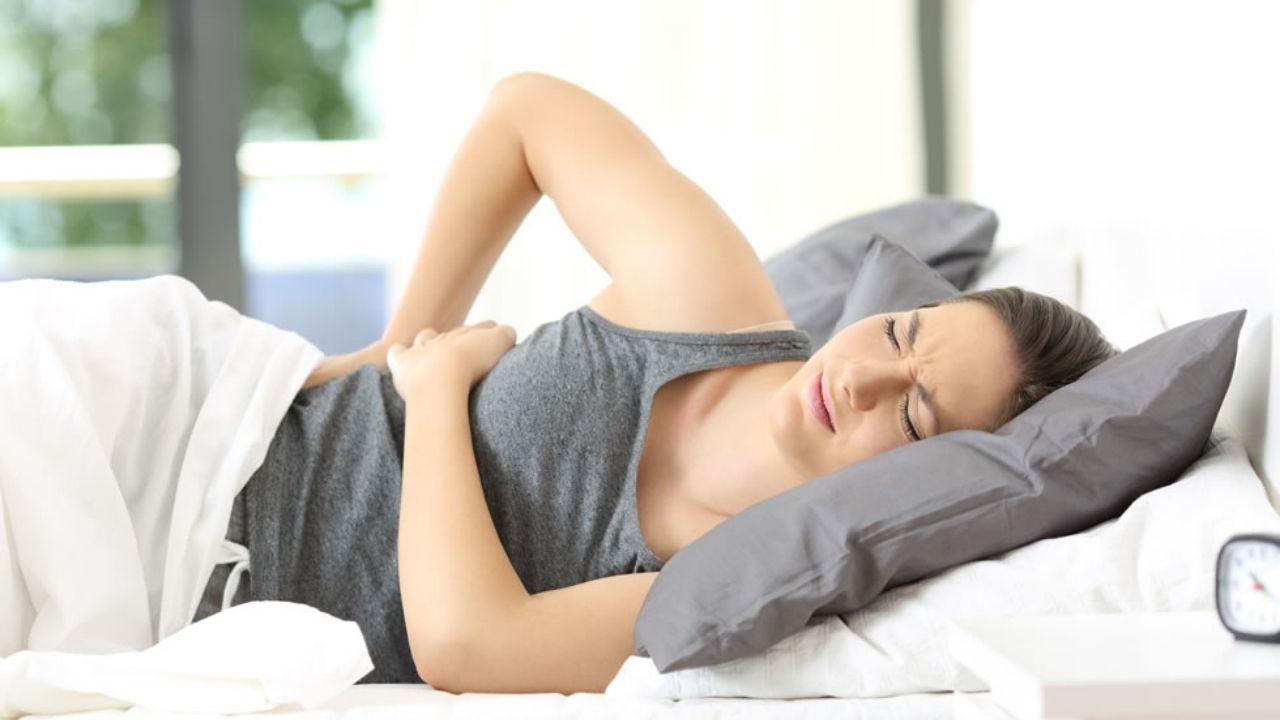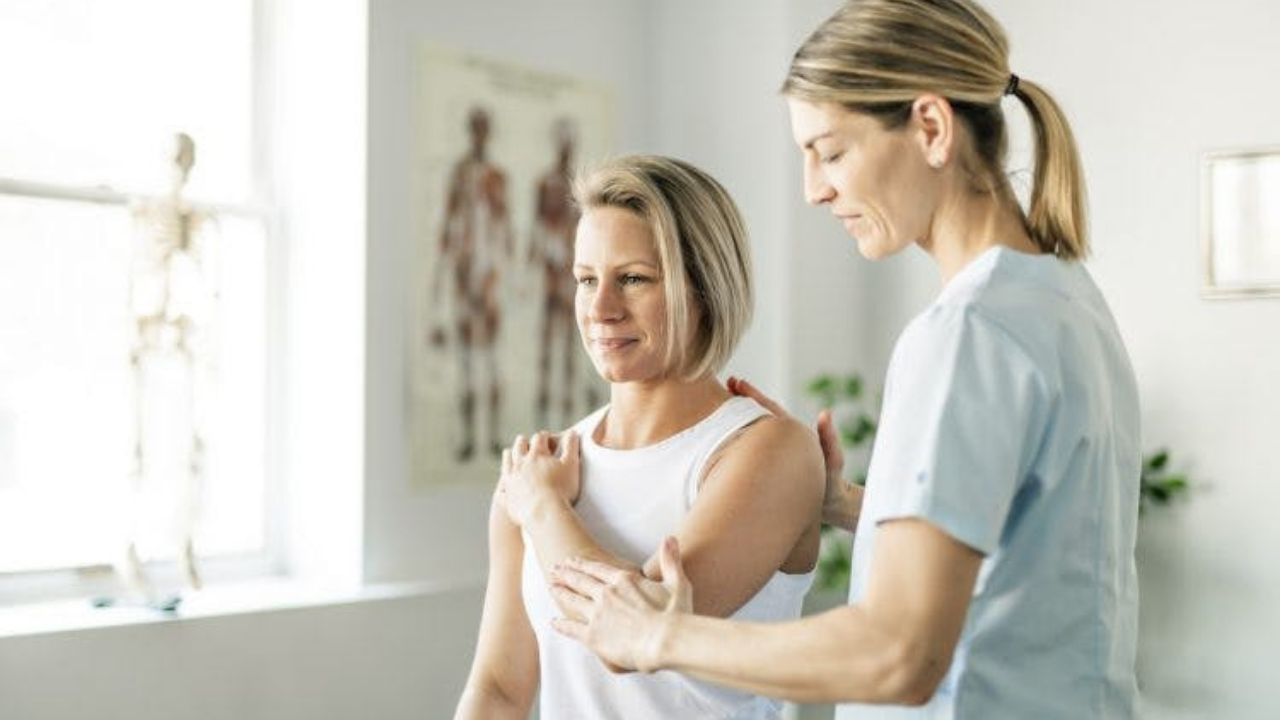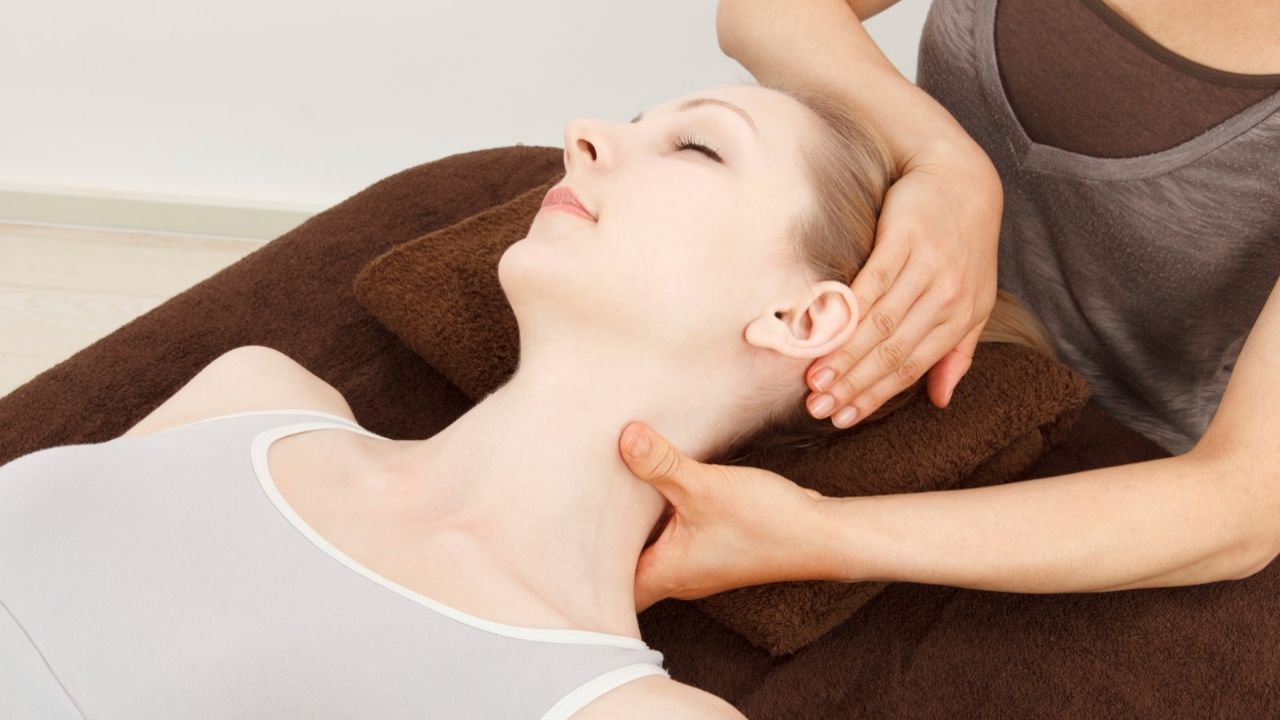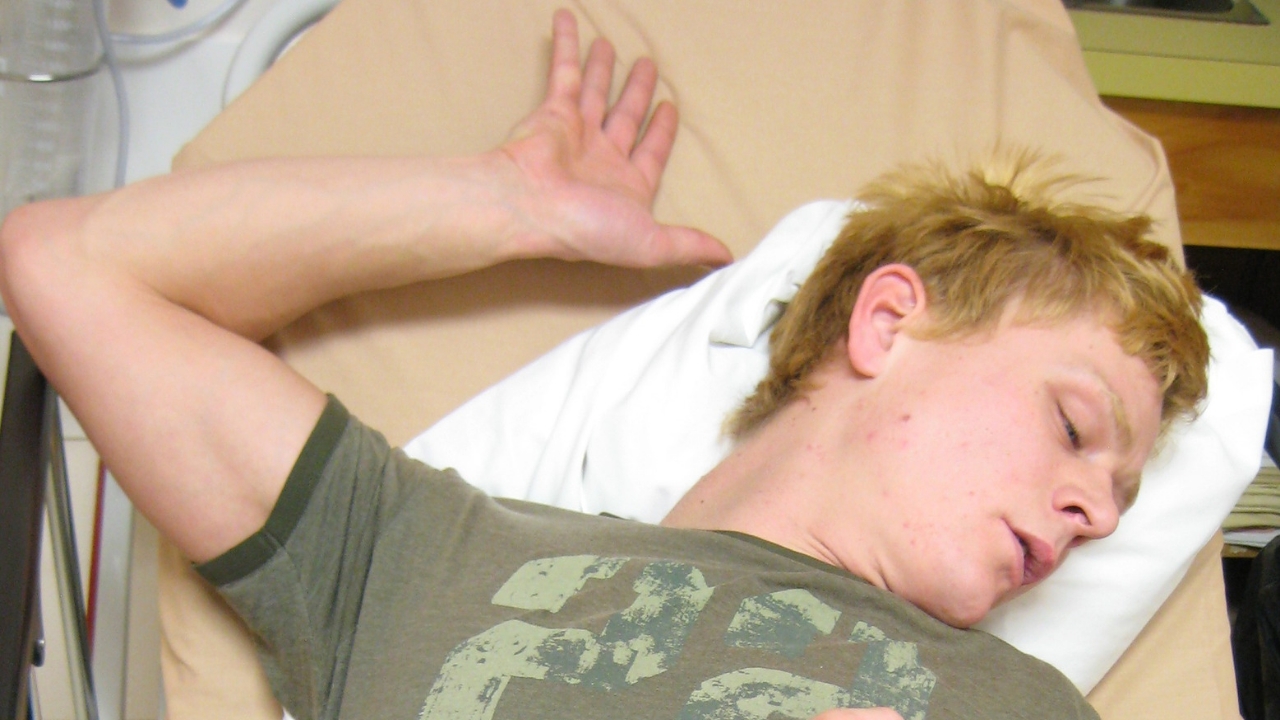The term vegetative-vascular dystonia is used in their practice only by doctors from the CIS countries, in the west there is no such disease. In this regard, a certain confusion arises.
Some experts do not recognize the existence of vegetative-vascular dystonia in adults, while others, on the contrary, consider it a conditional nosological form.
The complex of symptoms and causes of dystonia are extensive, so the examination must be comprehensive and qualified. Nevertheless, in most cases, the syndrome is not associated with any serious illness, being a sign.To find out whether it is possible to get rid of vegetative-vascular dystonia forever, you need to know its symptoms and current treatment regimens, including folk remedies. It is these aspects of the IRR in adults that we will consider in the article.
Classification
To date, a unified classification of VSD has not been developed. According to various authors, autonomic dysfunction differs according to a number of the following criteria:
1. According to the mixed type. It occurs when there is a conflict between parasympathetic and sympathetic. It looks like a struggle for leadership in the nervous system and this is also abnormal.
2. According to the hypotonic type. If the parasympathetic nervous system predominates during the day, the body is overwhelmed with energy, but cannot use the forces, depression, hypotension, etc.
3. According to the hypertensive type. If the sympathetic nervous system prevails throughout the day, a person feels a heartbeat, a feeling of fear, the body gets tired quickly, does not sleep well, parasympathetic cannot cope, and strength is not restored.
By the nature of the attacks that complicate the symptoms of vegetative-vascular dystonia, sipmpatoadrenal, vagoinsular and mixed crises are distinguished. Mild crises are characterized by monosymptomatic manifestations, occur with pronounced vegetative shifts, last 10-15 minutes.
Crises of moderate severity have polysymptomatic manifestations, pronounced autonomic shifts and a duration of 15 to 20 minutes. The severe course of crises is manifested by polysymptomatics, severe autonomic disorders, hyperkinesis, seizures, an attack lasting more than one hour and postcrisis asthenia for several days.
Causes of vegetative-vascular dystonia
Why does VSD arise, and what is it? Vegeto-vascular dystonia is a violation of the autonomic nervous system. The ANS is responsible for maintaining internal balance in the human body, influencing all organs and organ systems. Disorders of the ANS are manifested most often in the form of violations of the function of blood circulation, digestion, and heat exchange.
In adults, the prevalence of the syndrome is high in the age group of 20-30 years, while in women, manifestations of dystonia are more frequent than in men. In old age, the likelihood of the appearance of VSD sharply decreases. Among the external factors contributing to the appearance of signs of VSD, there are:
- severe stress, depression;
- severe viral infection;
- exposure to electric current;
- radiation exposure;
- excessive insolation;
- unfavorable ecology;
- alcoholism, drug addiction;
- insomnia, mental fatigue;
- heavy physical activity;
- traumatic brain injury;
- lingering bacterial disease (eg, tonsillitis, bronchitis).
The risk group affects a fairly large number of the population:
- Women. Oddly enough, women, by their nature, are more emotional, vulnerable and susceptible. Accordingly, the mental state is more easily disturbed.
- Adolescents, pregnant women, women during the onset of menopause (abrupt hormonal interruptions).
- People whose work is closely related to traveling (constant acclimatization), a sedentary lifestyle.
- Men and women diagnosed with cervical osteochondrosis.
- Living in constant psycho-emotional discomfort.
- VSD can occur in people who have suffered birth trauma, oxygen deprivation, even at birth.
- Suspicious and stressed people are also at risk.
- People in whom most of the family members are diagnosed with VSD (hereditary predisposition).
- Suffering from chronic diseases.
The disease manifests itself with certain symptoms that are paroxysmal or persistent.
Moreover, the presence of constant symptoms indicates a congenital instability of the nervous system.
General signs of VSD in adults

Vegeto-vascular dystonia in adults has very different symptoms depending on the weak point in the body that reacts to the stimulus.
However, most often, experts note the following signs:
- hot flashes;
- vasospasm;
- superficial sleep;
- tremor of the arms and even legs;
- fainting conditions;
- strong heartbeat;
- apathy and lack of strength;
- sharp shortage of air;
- frequent headaches and even migraines;
- cardiac arrhythmia in all its manifestations;
- internal trembling and various manifestations of fears;
- joint pain, regardless of arthritis and arthrosis;
- cold hands at any time, even in freezing temperatures and heat;
- neurotic deviations from overexcitability to active passivity.
These are the most characteristic signs of VSD, which adults often ignore, attributing to individual physiological characteristics.
Symptoms of vegetative-vascular dystonia
In the case of vegetative-vascular dystonia, the symptoms are very diverse, due to the multifaceted effect on the body of the ANS, which regulates the main vegetative functions – respiration, blood supply, sweating, urination, digestion, etc.
In this regard, several groups of vegetative symptoms are distinguished. – vascular dystonia in adults due to the predominant disturbances in the activity of various body systems. These violations can manifest themselves in isolation or combine with each other:
- In the cardiovascular system: heart rate abnormalities (increased or stopped), fluctuations in blood pressure, pain in the left side of the chest;
- In the respiratory system: a feeling of lack of air, choking, shortness of breath, shortness of breath, rapid breathing;
- In the digestive system: nausea and gag reflex, flatulence, belching, heartburn, constipation and diarrhea;
- In the thermoregulatory system: chills, coldness in the extremities, increased sweating, against the background of stress, an increase in temperature;
- In the vestibular system: dizziness, lightheadedness;
- In the urinary-reproductive system: frequent urination, pain and itching in the genital area;
- In the emotional sphere: anxiety, anxiety, phobias, increased fatigue, decreased performance, constant emotional stress, low mood background, tearfulness, appetite and sleep disorders.
The course of vegetative-vascular dystonia can be latent, it can be permanent, or it can manifest itself in paroxysms (vegetative crises). Most often, crises occur against the background of mental and physical overstrain, with increased emotional stress, as well as with various infectious diseases. Their duration can vary from a few minutes to several hours.
Exacerbation of the VSD
An attack of vegetative-vascular dystonia begins abruptly, suddenly. A person suddenly has a heartbeat, blood pressure rises, skin turns pale, body temperature rises and chills develop. During an attack, the person has a pronounced intense fear. After a crisis, a large amount of light urine is released and severe weakness develops, up to trembling in the legs and the inability to move normally. In the period after a crisis, a sharp drop in blood pressure is possible.
In addition, an exacerbation of the VSD can proceed in the form of a vagoinsular crisis. It is characterized by the appearance of a sharp fainting spell, which is preceded by short-term pre-syncope (for example, darkening in the eyes, noise in the head, severe weakness, a feeling of unreality of what is happening). Also, during an attack, a person may experience sharp and severe abdominal pain, an imperative desire to empty the intestines, increased motility of the digestive tract, decreased pressure, bradycardia, increased sweating, as well as a feeling of fever, nausea, melancholy and pronounced fear.
Diagnosis of VSD
To figure out how to treat vegetative vascular dystonia, it is necessary not only to diagnose the disease, but also to determine the cause of its development.
Therefore, in order to correctly diagnose VSD, professionalism is required, as well as the coordination of work of such specialists as a cardiologist, neuropathologist, therapist. It is necessary to weed out other diagnoses with similar symptoms.
To do this, you will have to undergo certain examinations:
- computer electroencephalography,
- electrocardiography,
- magnetic-nuclear resonance,
- vegetative tests.
Of course, the diagnosis will be assigned based on the results of the conversation with the patient, after familiarization with his complaints.
Treatment of vegetative-vascular dystonia

When vegetative-vascular dystonia is detected, treatment is carried out depending on what type of syndrome the syndrome proceeds, and the therapeutic strategy should also take into account other existing somatic diseases.
The complex of treatment includes medication methods for supervising VSD and non-medication methods, which can sometimes be very effective and even replace basic drug therapy. Therefore, treatment with this syndrome should be started not with the use of drugs, but with changes in diet and lifestyle. It is necessary to observe:
- adequate work and rest regime;
- balanced and healthy food;
- adequate level of physical activity;
- rejection of bad habits;
- elimination of occupational hazards;
- avoiding stressful situations or developing stress resistance;
- normalization of body mass index.
The following methods also have an excellent effect on the cure of VSD:
- water procedures;
- reflexology;
- massotherapy. Also, the physiotherapeutic effect will depend on the type of dysfunction of the autonomic system.
- with vagotonia, electropharesis with calcium, caffeine and mezaton is prescribed.
- for sympathicotonia – with papaverine and bromine, magnesium and euphyllin.
If these measures, which are aimed at a fortifying effect, do not help much, then pharmaceutical preparations are prescribed. They are selected individually for each patient, starting with the lowest doses and gradually increasing to the desired concentration.
Particular attention is paid to getting rid of chronic foci of infection in the body, treatment of endocrine and other pathologies.
Medical treatment of VSD in adults
Treatment of vegetative-vascular dystonia is carried out mainly according to symptoms. It is impossible to say for sure which drugs will be prescribed for treatment, it depends on the characteristics of the case, they are selected only after examining the patient.
First of all, antidepressants and tranquilizers are prescribed. The dosage is selected based on the severity of the symptoms. In addition to them, antihypertensive drugs are prescribed or, on the contrary, caffeine to raise blood pressure. B vitamins, ginseng and beta blockers are considered essential.
A special group in the treatment of VSD is made up of nootropic drugs (such as Nootropil, Piracetam), which have the ability to improve energy processes and blood supply to the brain, increasing the brain’s resistance to oxygen starvation. These drugs activate intellectual functions, improve the memory of the brain. However, you cannot take them on your own.
Let’s consider some drugs used in the treatment of vegetative-vascular dystonia:
- Persen. It has a calming and relaxing effect.
- Novo-passite. The herbal preparation has a pronounced sedative effect, helps in the fight against fear and anxiety.
- Corvalol. Calms the body, helps to normalize sleep. It also has a slight relaxing effect.
- Valocormid. It has an antispasmodic, relaxing and cardiotonic (reducing stress on the heart) effect. Corrects the excitability of the nervous system.
- Normatens. A drug that fights hypertension. Also, the drug causes vasodilation, minimizes the total resistance of peripheral vessels. Makes physiological sleep deeper.
- Azafen. Eliminates anxiety, improves mood, eliminates sadness.
- Vinpocetine. A medicine that improves cerebral circulation. Produces a vasodilating effect.
Thus, the range of drugs used to treat VSD is quite wide. This is due to the fact that, along with the treatment of the underlying disease, it is necessary to carry out effective symptomatic therapy aimed at stopping the painful manifestations of VSD.
Alternative treatment of vegetative vascular dystonia
The use of alternative methods is classified depending on the type of VSD:
- For vegetative disorders according to the hypotonic type, herbs such as ginseng, aralia, sandy immortelle, zamaniha, eleutherococcus, safflower leuzea, juniper, bearberry, lemongrass, lemongrass are used … They are designed to improve well-being and increase blood pressure.
- For disorders of the hypertensive or mixed type, herbal preparations and plants with a calming effect are widely used: mint, valerian, sage, motherwort, peony root, lemon balm, hops. On the contrary, these herbs soothe and lower blood pressure.
Vegeto vascular dystonia is, first of all, a disorder of the nervous system. Therefore, in most cases, the treatment of VSD with folk remedies is based on the intake of sedative decoctions of medicinal plants with the function of normalizing blood pressure and the activity of the heart muscle.
- Taken in equal quantities, calendula flowers, valerian root and rhizome, caraway seeds, motherwort, dill seeds, mix thoroughly. 1 teaspoon of collection for 200 ml of boiling water, let stand for two hours, filter. Use for vegetative-vascular dystonia 4-5 times 1 tbsp. spoon a day.
- We use 0.5 share of juniper fruits, 0.5 share of calamus rhizomes, 2 shares of rose hips, 2 shares of yarrow, 1 share of strawberry leaf, 1 share of Veronica grass, 1 share of St. John’s wort, 1 share of chicory flowers, mix. Take 2 tbsp. l. collection, add 500 ml of boiling water, insist in a thermos overnight. We filter and take the infusion in 3 doses on an empty stomach.
- Motherwort tincture. Take 40-50 drops 3-4 times a day. This drug is even more effective than valerian tincture. It relieves pain in the heart, relieves nervous shock and palpitations.
- It is necessary to mix 200 ml of natural cahors, honey and fresh juices of carrots, garlic, lemon, radish and beets. Take such a medicine in 15 ml (tablespoon) half an hour before breakfast, lunch and dinner.
- Chopped valerian rhizome – 15 g, yarrow – 50 g, lemon balm – 10 g, pour 1 liter of hot water, put on low heat and boil for 20 minutes, filter. Drink a decoction for vegetative – vascular dystonia, 150 ml 3 times a day before meals.
- 200 g of dried apricots, 25 g of walnuts, pitted raisins, figs – preferably dried, chop everything. Consume 1 time per day for 1 tbsp. spoon washed down with kefir. The course of treatment is one month, take a break for 1 week and repeat. The mixture is useful for vegetative-vascular dystonia and, moreover, still has taste.
- One glass of dill seed and 10 g of chopped dry valerian root pour 1 liter of boiling water in a thermos, let it stand for two days, filter, then add 50 g of honey, drain. Drink 2 tbsp. spoons before meals.
Healing herbs do not cause addiction and addiction, they can be taken for a long time. They have a mild healing effect on the body; in addition, it is possible to quickly determine whether they are suitable for the treatment in each case. However, before starting to take folk remedies, it is worth checking with your doctor if there are any contraindications.
Physiotherapy for VSD

Physiotherapy treatments for this autonomic disorder include:
- electrosleep;
- electrophoresis;
- inductothermy;
- darsonvalization;
- galvanization;
- laser therapy;
- magnetic therapy;
- aeroionotherapy.
Physiotherapy in the treatment of vegetative-vascular dystonia is aimed at regulating vascular tone, normalizing metabolism and eliminating pain. The nature, systematicity and intensity of the procedures are selected by the doctor in accordance with the characteristics of the disease.
Massage
Massage for vegetative neurosis should be carried out in accordance with the type of disease. For the hypertensive type, massage of the collar zone, legs, abdomen is recommended.
Percussion techniques together with beating should be excluded. With hypotensive vegetative-vascular dystonia, acupressure and general massage are performed using such elements as stroking, rubbing, kneading, vibration.
Massage helps to normalize the functionality of the nervous system, eliminate headaches, and improve the patient’s sleep.
Physical exercises for VSD

Relief of the condition is brought by daily walks in the fresh air, moderate sports. It is especially good to visit the pool regularly, swimming is recommended by all doctors. Skiing in the winter forest, hiking – anything that gives a sufficient load to the muscles and brings joy.
The latter is especially important. Classes must be enjoyable. You can take up the development of belly dance or Latin dance. Movement with music, live communication is an excellent cure for depression.
Prevention of VSD: how to avoid crises
These preventive measures will help to avoid crises, which are ways to occur in people suffering from VSD.
First of all, this concerns compliance with certain rules:
- Rational balanced diet with rejection of junk food (salty, spicy, fried, flour, sweet, fast food, etc.);
- A good night’s rest (sleep should last at least 8 hours in a well-ventilated area);
- Sports activities (mandatory: 10-15-minute morning exercises and 2-3 times a week visiting the sports section);
- Daily 1-2 hour walks in the fresh air;
- Harmonization of labor activity and rest;
- Abandonment of addictions.
Thus, vegetative-vascular dystonia is a disease that does not pose a threat to human life, but at the same time significantly reduces its quality. The presence of any signs of VSD is a reason for consulting a specialist. After all, only timely and correct treatment is a guarantee of improvement in the condition, thereby increasing the chances of getting rid of the VSD forever.
